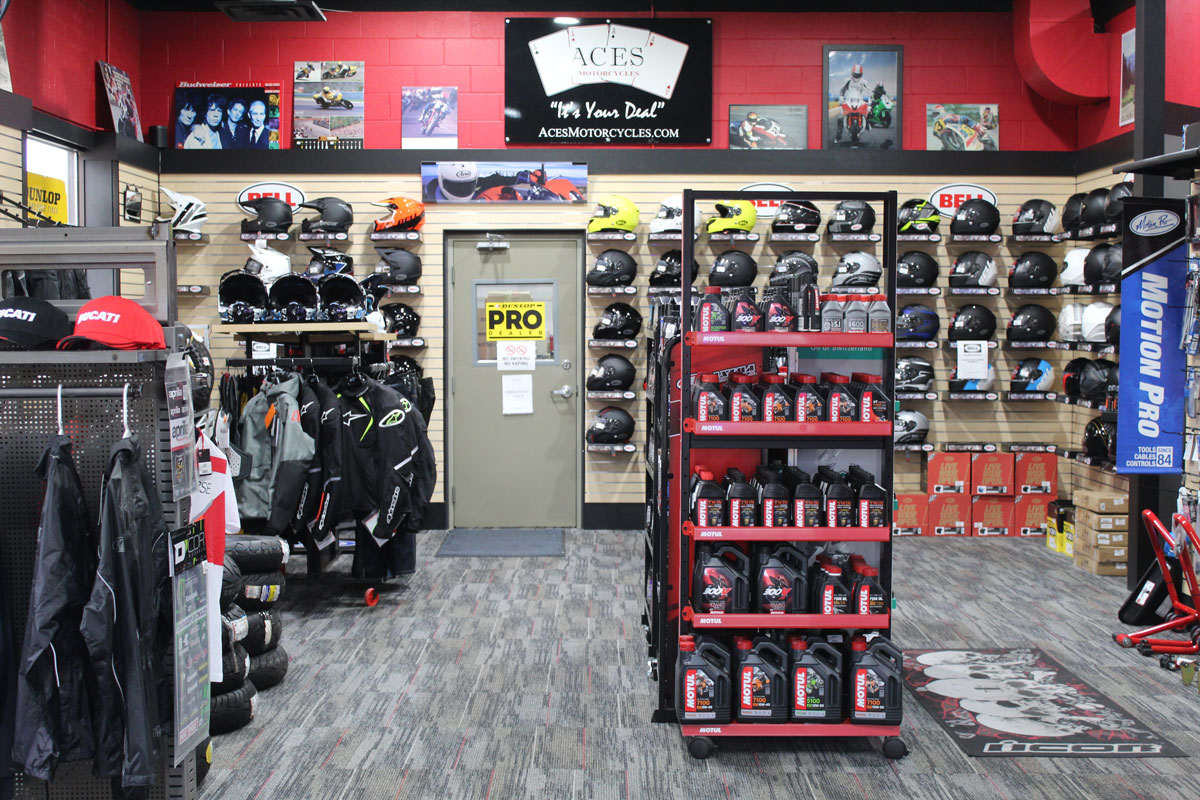Your Best Motorbike Shop for High Quality Parts and Accessories
Your Best Motorbike Shop for High Quality Parts and Accessories
Blog Article
Mastering Motorcycle Gears: How to Enhance Your Riding Experience
In the realm of motorcycling, understanding the art of equipment manipulation is critical for improving your riding performance. Properly understanding and making use of motorbike gears can significantly impact control, gas, and velocity performance, changing a typical experience right into a seamless, electrifying journey. By incorporating exact shift timing and adapting gear option to various road problems, bikers can make certain optimum engine performance and safety and security. The nuances of clutch control, throttle coordination, and gear technicians bid a deeper exploration, guaranteeing to open the complete potential of your equipment. Just how can these methods be harnessed to really optimize your riding experience?
Recognizing Equipment Mechanics
Just how do the ins and outs of equipment technicians affect motorcycle efficiency? At the core of bike characteristics, gear mechanics play an essential role in converting engine power into motion, ultimately dictating rate and control. Gears, meticulously crafted components, enable motorcyclists to optimize torque and rate, making certain a smooth shift through various terrains and speeds. The gear proportions, meticulously created, figure out the relationship in between engine changes and wheel turns, affecting acceleration and fuel efficiency.
Comprehending gear mechanics begins with identifying the value of the gearbox, which houses numerous equipments of varying sizes. These equipments interact through a procedure understood as meshing, where teeth of different gears engage to send power. The precision of this interaction is essential; any kind of misalignment or damages can result in ineffective power transfer, impeding performance. Furthermore, the plan and size of equipments influence the motorcycle's capability to deal with different loads and rates.
Furthermore, the principle of equipment changing is indispensable to optimizing performance. Smooth and timely changes make certain that the engine operates within its ideal power band, avoiding unneeded stress and enhancing longevity (motorcycle parts nz). By understanding these mechanical details, bikers can achieve an unified mix of power, efficiency, and control, raising their riding experience
Timing Your Changes
Shift timing proficiency is important for optimizing bike performance and enhancing the riding experience. Effectively timed changes make sure that the engine runs within its optimal power band, which is essential for preserving control, achieving smooth velocity, and making certain the durability of the motorbike. Riders should establish an intuitive sense of when to move equipments, which entails recognizing the relationship in between engine transformations per min (RPM) and speed.
To master shift timing, pay close attention to the engine's sound and feel, as these provide essential clues regarding when to alter gears. When the engine comes close to the upper array of its power band without getting to the redline, the optimal change factor commonly takes place - motorcycle parts nz. Shifting prematurely can result in an absence of power, while changing far too late might create unnecessary engine pressure
Additionally, roadway conditions and riding style impact shift timing. In metropolitan settings, smoother and extra regular shifts may be required to navigate traffic successfully. On the other hand, throughout highway riding, less changes at higher speeds can be better. Practicing in varied atmospheres will certainly enhance your capacity to time changes specifically, ultimately elevating your riding experience to a professional level.
Enhancing Gas Efficiency
While understanding motorcycle equipments is critical for performance, improving gas effectiveness is equally crucial for both environmental and economic reasons. Optimum fuel usage not only minimizes functional prices however also decreases the environmental impact of riding. To accomplish this, one have to understand the intricate relationship between equipment option and engine performance.
First of all, picking the best gear at ideal rates can substantially affect gas usage. Riding in a higher gear at reduced speeds can cause engine hauling, which is destructive to both fuel economic climate and engine health and wellness. Alternatively, riding in lower gears at high rates leads to unnecessary gas consumption. Therefore, keeping an optimal equilibrium by shifting gears abreast with road conditions and anticipated maneuvers is crucial.
In addition, regular maintenance plays a pivotal function in fuel efficiency. Making sure that the bike is well-tuned, with clean air filters and effectively inflated tires, can reduce and improve aerodynamics fuel wastage. Furthermore, adopting a riding design that accepts progressive velocity and smooth deceleration can add to better gas economic situation.

Strategies for Smooth Transitions
Achieving smooth gear shifts is essential to improving the riding experience and ensuring the long life of a motorcycle's transmission system. Proper equipment shifting not only adds to a smooth ride however additionally decreases deterioration on the mechanical parts. To understand the art of smooth changes, bikers must focus on a few crucial methods.

Secondly, clutch control plays a pivotal role. Involving and disengaging the clutch efficiently needs method. The clutch lever should be released gradually, permitting a smooth transfer of power from the engine to the wheels without creating a jolt or sudden motion.

Adapting to Roadway Problems
Browsing diverse road problems is a crucial ability for any motorcyclist aiming to helmet for adventure bike keep control and safety and security. Whether you're riding on wet surface areas, gravel roads, or navigating sharp turns, your ability to adjust your equipment use and riding method is paramount. Comprehending just how to readjust your equipments properly can dramatically impact traction and stability, ensuring a safer journey.
In comparison, when riding on gravel or unequal surface, lower equipments are preferable. Reduced equipments offer far better control and allow you to respond even more swiftly to unforeseen adjustments in the road surface area.
Sharp contours demand exact gear administration to balance rate and control. Downshifting before going into a contour can assist keep momentum while making certain the bike remains secure throughout the turn. Regular technique in diverse conditions enhances your capability to react and predict to modifications in roadway appearance and slope.
Final Thought
Mastering motorcycle gears significantly boosts the riding experience by boosting control, velocity, and gas efficiency. Adjusting equipment choice to different road conditions, such as making use of greater gears on wet surface areas and reduced gears on gravel, further boosts handling and security.
Comprehending gear mechanics starts with acknowledging the importance of the gearbox, which houses multiple equipments of varying dimensions. These equipments communicate via a procedure understood as meshing, where teeth of different equipments engage to send power (motorcycle shop). Mild adjustments to the throttle throughout gear changes can stop blog here jerky movements and keep a consistent riding rate
Whether you're riding on wet surface areas, gravel roadways, or navigating sharp turns, your capacity to adapt your equipment usage and riding technique is paramount. Adjusting gear option to different road problems, such as using greater gears on damp surfaces and lower equipments on gravel, more improves handling and safety and security.
Report this page